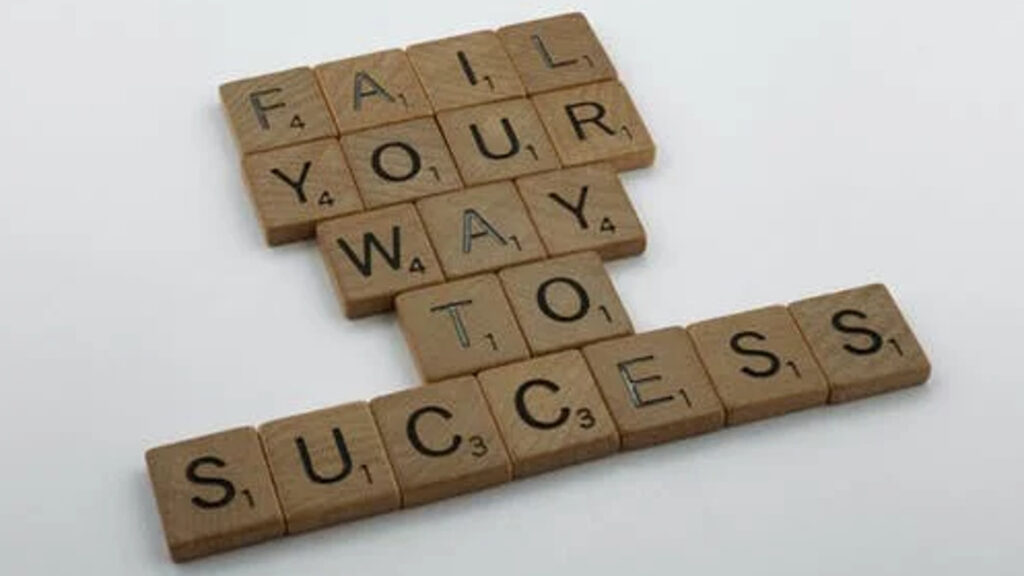Her latest project may not have gone as hoped, but Erin McDermott is taking some valuable lessons away from the demise of OddEngineer.com and remains committed to testing out her ideas in real-life experiments
I failed – and here’s what I learned. My pilot project for OddEngineer.com ended on 26 May. It did not go as I hoped, but it did go as planned. This platform, for paying for one-hour appointments with niche engineering experts, was an experiment.
The scheduling software was a minimum viable product to connect freelance engineers with more clients. My immediate goal was at least one appointment for each engineer within four months. In this, I failed.
However, my grander goal was to prove or disprove a theory: a hub for booking experts shortterm can attract clients to the benefit of everyone involved – true or false? Answer obtained: False. And therefore, a success.
Before the lockdowns, I spent countless hours on free preliminary consultations and travelling to find clients. My subcontractors benefited from those contracts far more than I did. I shielded them from annoying things clients do and I paid them generously. At the same time, I took huge hits when they didn’t follow my directions or made errors.
So, with OddEngineer, I tried to create a new, travel-free lead generation tool that removed my risk and unpaid hours. Clients engaged directly with the engineers, not with my company. I only provided the automated platform.
The good, the bad and the ugly
On the positive side, some surprisingly useful feedback included ideas that clients came up with on how to use appointments.
For example: “Could I use them to have an expert weigh in during a team meeting at the start of a design?” Or: “What about for having an expert present at design reviews at the end of projects?” Others asked: “Can they teach our technical recruiters what’s needed for different engineering jobs?”
My response: “Wow, I never thought of that – but YES!”
On the negative side, while prospective clients expressed enthusiasm, few immediately booked appointments. I heard a lot of, “This will be really helpful in a few months!” To which I replied, “Unfortunately, it likely won’t be around then.” I get this feedback for my niche optical engineering company, too, where clients don’t need me until months or even years after we meet.
However, I hoped this platform would play out differently. For one reason, I featured a wide spread of disciplines, to increase the chances a visitor would need one of us right away. Also, one-hour appointments aren’t a huge investment, requiring a VP’s signature. The cost is low and the risk/reward ratio is highly favourable.
But as it turns out, easy access to many niche experts is as hard to promote as a single expertise!
Some suggested I run OddEngineer.com longer, but getting 13 appointments in four months was not an unrealistic goal. If the idea were viable, it would have proved itself in that time.
On the downright ugly side is the fact that I ran headlong into all the issues I was fleeing! Day and night, I churned out content. This left no time for revenue-earning engineering work. So, I put in more unpaid hours than ever and earned far less.
In terms of extraneous communications from clients, I still got a ton. I was bombarded by those wanting white-gloved concierge service from me to pick out their engineer.
The main lesson I learned is that engineers and hardware start-ups that understand what it takes to make it are an anomaly. The distribution looks less like a bell curve and more like a Dirac delta function
Those booking appointments with me also emailed trying to get me to do free work outside of the paid appointment, or to see if they could avoid paying.
Additionally, engineers flooded my inbox wanting promotion. They found it a better use of their time to directly contact me than to research the site to find the waiting list.
Lessons learned
In the end, three appointments were booked with yours truly, plus a couple I paid for through a promotional giveaway. I realised too late that promotions including my visage yielded my disproportionate success. It seems that clients need engineers shoved in their face in order to want to book with them.
The main lesson I learned is that engineers and hardware start-ups that understand what it takes to make it are an anomaly. The distribution looks less like a bell curve and more like a Dirac delta function.
Initially, I asked for $50 from each engineer to create their profile. Ace engineers whose businesses were strong immediately plunked down the cash. Struggling engineers saw marketing as an unnecessary expense, and either hemmed and hawed or ghosted me.
On the client side, winning engineering teams go to great lengths to seek out experts to provide early guidance. They know it’s vitally important in preventing their project from becoming a dumpster fire. However, it turns out way more engineering teams than I realised penny pinch in the wrong places and avoid critical guidance.
I’m not sure where I will take this thing. Maybe I’ll focus on the promotional content engineers need and want so much. Maybe I’ll create educational content to shift mindsets from dumpster fire to high-flyer. Or, maybe those rare, winning-mindset pros could benefit from a community where they can find each other.
Whatever the next iteration, it will proceed like a prudent engineering design: based on lessons learned from real experiments.
Get in touch:
Erin M McDermott directs optical engineering at Spire Starter, helping hardware engineers who don’t know that things using light (cameras, LED illumination, laser processes and so on) need competent design, optimisation and tolerancing, just like the rest of their widget.
Get in touch at spirestarter.com or @erinmmcdermott






